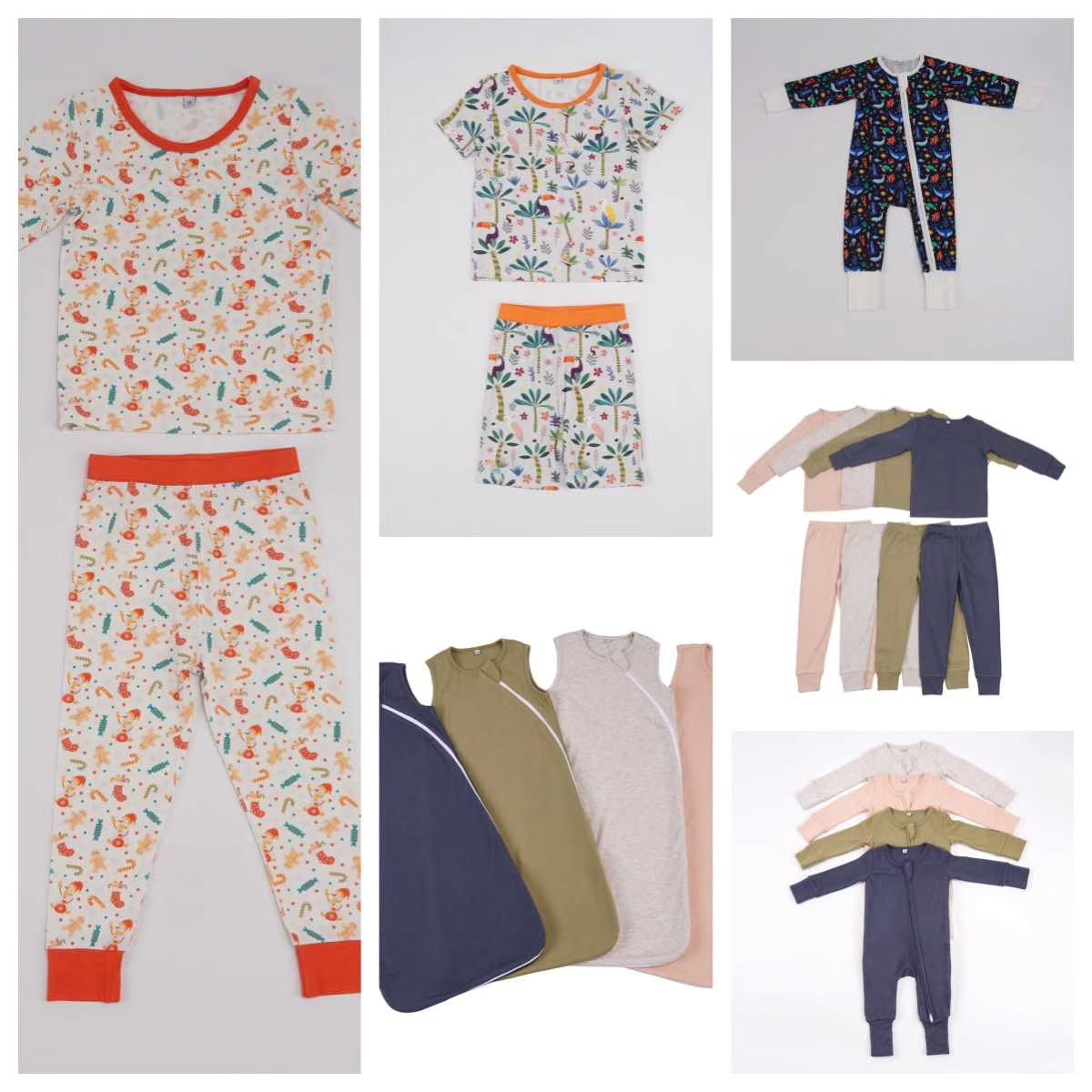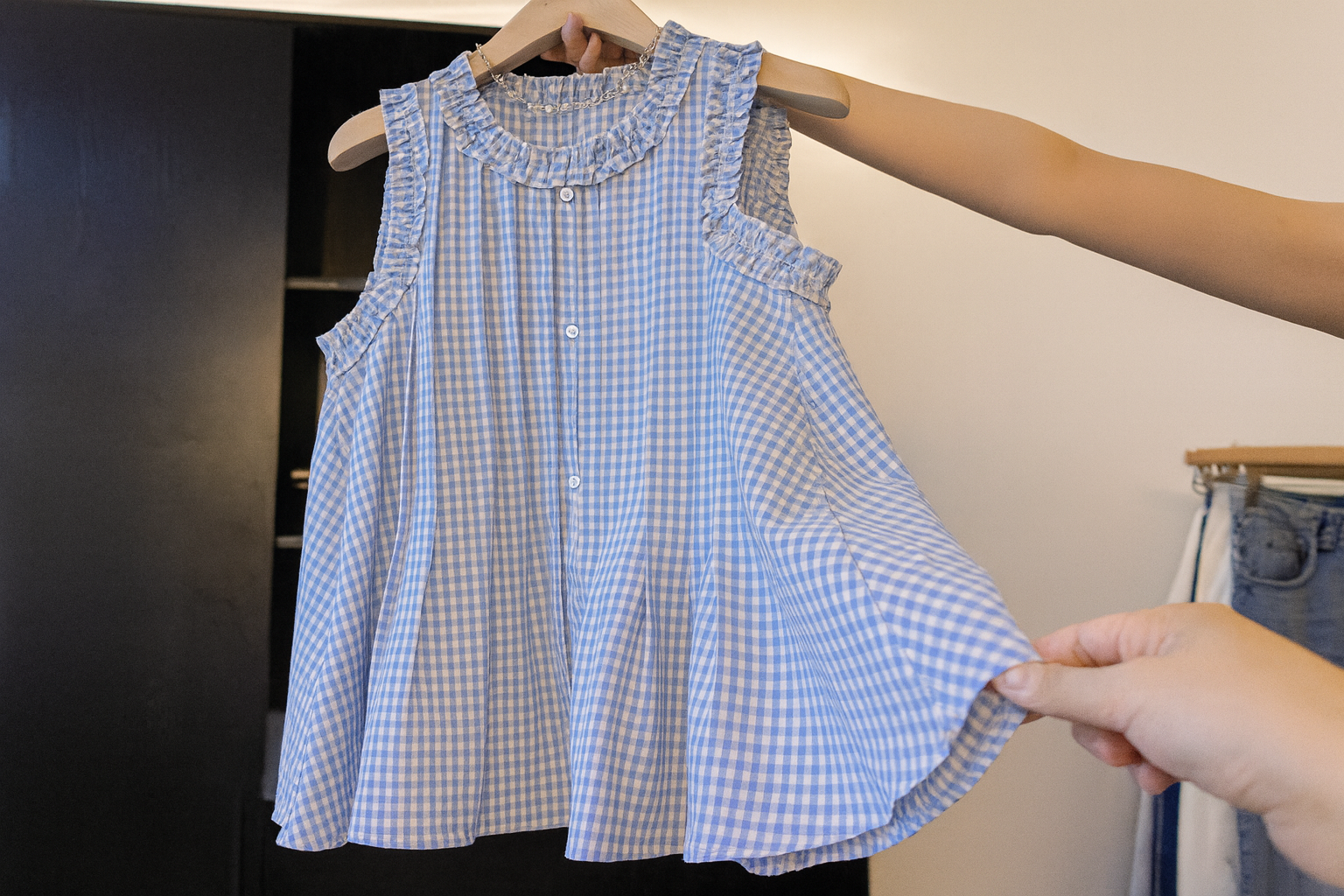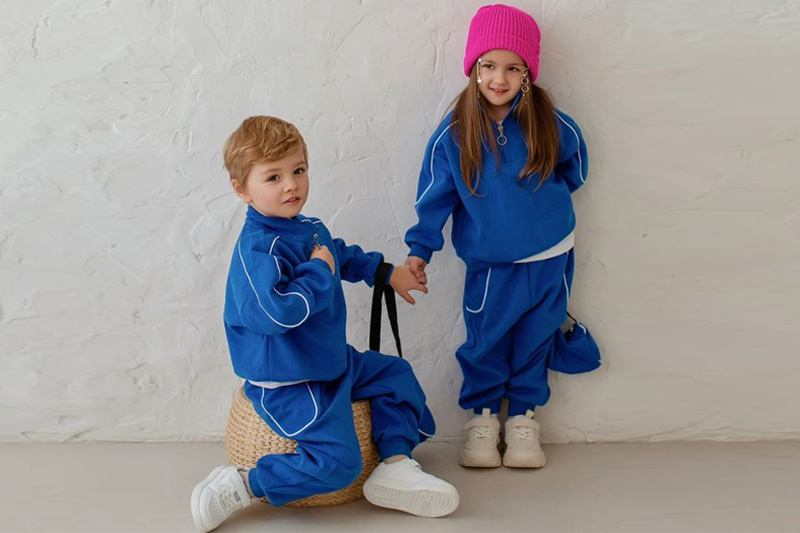I used to think brand collaborations were just for the big names—Nike with Levi’s, or some celebrity-endorsed collection. But the truth is, even for small children's clothing brands, the right partnership can change everything. More visibility. More trust. A fresh creative spark. If you're wondering whether collaboration is worth it for your brand, the short answer is: yes, if done right.
Brand collaborations can amplify your audience reach, build trust, and inject new life into your designs. For startups, co-branding with the right partner opens doors to new customers, markets, and creative inspiration—while also making your brand feel more established. Just make sure the collaboration aligns with your values, audience, and long-term goals.
Let’s dive into how you can make collaborations work for your children’s clothing brand.
How can brand collaborations expand your audience reach?
There’s something magical about getting in front of someone else’s loyal audience—without needing years to build your own.
Brand collaborations let you tap into your partner’s community, instantly increasing your visibility and credibility with potential customers who already trust that brand. It’s like being introduced by a friend who already vouches for you.
Do partnerships with established brands boost credibility for new businesses?
Credibility is everything when you’re new. And sometimes, standing next to someone who’s already known makes all the difference.
When a startup collaborates with an established brand, it borrows authority and signals to customers, “We’re trustworthy too.” It reduces buyer hesitation and builds brand confidence faster than solo marketing can.
Can collaboration help differentiate your brand in a crowded market?
Let’s face it—children’s clothing is a packed space. Cute prints and soft fabrics just aren’t enough anymore.
Creative collaborations help you stand out with limited-edition designs, shared aesthetics, or unique stories that grab attention and create buzz. They give customers a reason to choose you over dozens of lookalike brands.
How does co-branding influence customer perception and loyalty?
When two like-minded brands come together, it feels personal—not just promotional.
Co-branding makes your brand feel bigger, more thoughtful, and part of a larger story. When done authentically, it deepens customer connection and builds long-term loyalty.
Real example: A kidswear + eco brand collab
I once worked with a children’s clothing label that teamed up with a small organic skincare company. They co-released a newborn gift set—organic onesies + baby balm. Both brands shared a mission: gentle, sustainable care for babies. It didn’t just boost sales—it sparked a whole new customer segment: gift buyers. That’s the power of shared values.
Let’s explore more benefits in table form:
| Collaboration Benefit | Impact on Your Brand |
|---|---|
| New Audience Access | Reach loyal followers of your partner brand |
| Instant Credibility | Borrow trust from better-known collaborators |
| Fresh Product Ideas | Blend styles, themes, or stories to create something unique |
| Boosted Engagement | Cross-posting = more clicks, comments, and conversions |
| Efficient Co-Marketing | Share ad budgets, newsletters, influencer campaigns |
Are limited-edition collaborations effective for driving urgency and sales?
Ever noticed how “limited drop” makes people click faster?
Collaborations that are exclusive or time-sensitive create a sense of urgency—encouraging people to buy before they miss out. Scarcity drives faster decisions and often leads to waitlists or restocks.
What risks should brands consider before entering a collaboration?
Not every partnership is a match made in heaven.
Mismatched values, inconsistent communication, or unclear expectations can damage both brands’ reputations and customer trust. Always set clear goals, timelines, and shared responsibilities upfront.
Does a successful partnership require shared values and aesthetics?
Absolutely. Without shared beliefs, the result feels forced—and customers can tell.
For co-branding to feel natural and trustworthy, both brands need aligned missions, aesthetics, and customer values. That’s what turns a campaign into a community moment.
Can collaboration introduce your brand to new geographic or niche markets?
Let’s say you’re popular in the U.S., but barely visible in Australia. That’s where a collab can shine.
Partnering with a brand in another region or niche market gives you a foot in the door and builds localized trust. It’s like showing up to a party with a friend who knows everyone.
How do brand collaborations impact product design and storytelling?
When you combine two voices, you tell a better story.
Collaborations allow you to blend visual styles, materials, themes, and stories—offering something fresh and unexpected to your audience. You co-create a product that neither brand could have done alone.
Is co-marketing through collaboration more cost-effective than solo campaigns?
Short answer? Yes. You share the load.
Joint campaigns let both brands split costs for photography, influencer gifting, email, and ad spend—cutting budgets in half while doubling reach. More visibility, less stress.
Conclusion
Brand collaborations aren’t just a marketing trick—they’re a growth tool. When aligned with the right partner, your children’s clothing brand can gain visibility, trust, and creativity that solo strategies often can’t deliver. Choose wisely, collaborate openly, and always stay true to your brand voice.



